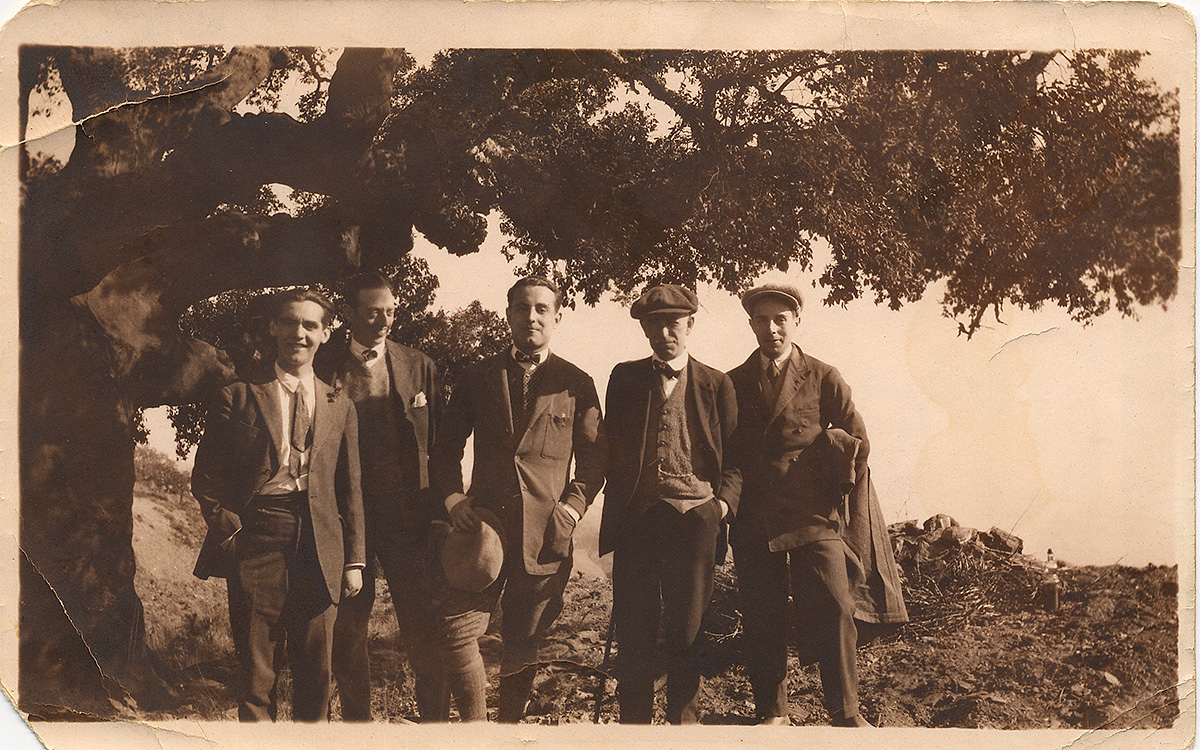In 1920, Federico García Lorca met one of the creative geniuses who fascinated him the most: Manuel de Falla, who had just arrived in Granada in search of refuge and peace to compose. The friendship with Falla was very fruitful. Lorca resumed his vocation for music.
In 1917, the family had moved temporarily, and for only one year, to Gran Vía. The period coincided with Lorca’s last study trips with the group of Martín Domínguez Berrueta and the extended stay in Burgos.

On their return, the family moved to a rented apartment on the second and third floors of the Acera del Casino, where they remained until 1933, when they moved to Madrid.
Falla’s friendship served for Lorca to bring together popular aesthetics and cultures with traditions and the avant-garde.
In that house, on January 6, 1923, a puppet show was organized that would go down in history. The excuse was a gift from Federico to his younger sister Isabel. Lorca had long wanted to recover the old puppet theater, but the performance transcended that idea as well. It was the antecedent of the premiere, in June of that year, but in Paris, of Master Peter’s Puppet Show by Manuel de Falla, based on a chapter of Don Quixote. On that day, the entrées The Two Talkers, The Mystery of the Three Wise Men and The Girl Who Waters the Basil and the Inquisitive Prince were performed.
Falla’s friendship served for Lorca to bring together popular aesthetics and cultures with traditions and the avant-garde, one of the endeavors that appears in many of his works.